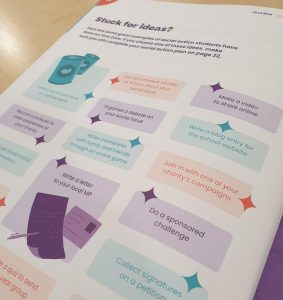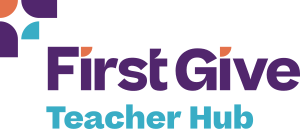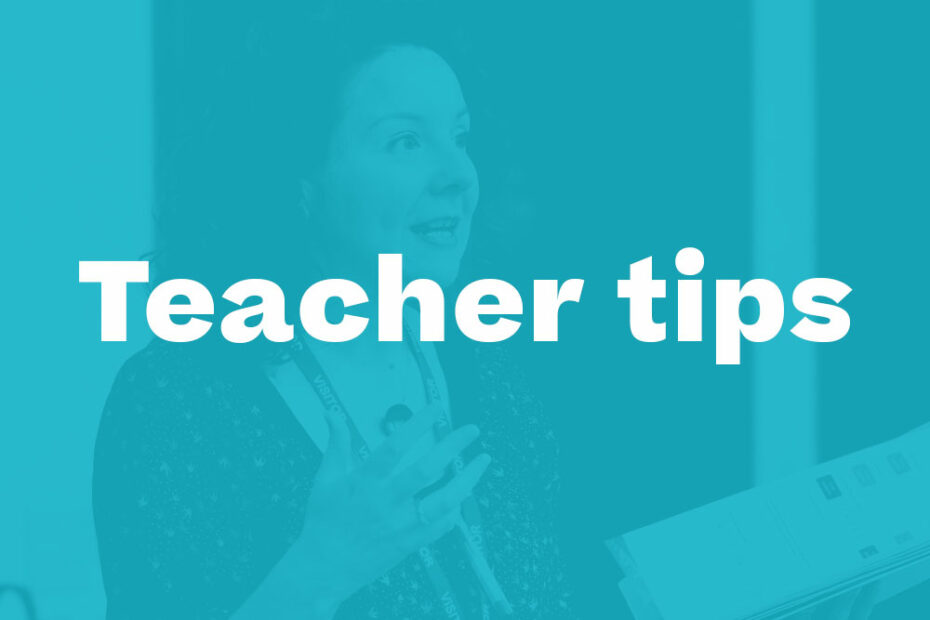If anything, citizens taking action to solve some of society’s biggest issues feels more relevant than ever. Against the backdrop of the pandemic, lockdowns and global movements like Black Lives Matter, we believe that the social action young people do during First Give can be transformative and high impact. But it might look a bit different to previous years on the programme.
It has in the past been tempting to advise students to rely on classic fundraising tactics for their social action projects. But right now, a cake sale is probably not the answer! So students need to be more creative when planning what they do.
In lesson four, students should be advised to start by thinking carefully about what they are aiming to achieve through their social action. What is their charity attempting to do and how can they help them to achieve that goal? There is a list of suggested social action ideas included in the resources, which I will come to later in this blog entry. But we’re keen not to provide a list of ideas for students to pick from in the first instance. Not least because the context at every school and in every community across the UK is different. That’s why Lesson Four is structured the way it is.
The lesson starts with a video (see below) which gives 2 examples of social action carried out by students on First Give. Then students read a further 2 case studies on page 18 of the Coursebook. In all four of these stories, students start by thinking about the aim – what they want to achieve. Whether that is to increase the number of people in school who have heard of their charity; to change the way the school approaches a certain social issue; to provide food for the local foodbank or to tell a whole year group about the services that their charity offer. In the same way students are asked to think about their aim before they think about what they will actually do. We hope that this will help them come up with specific, measurable and achievable plans.
They might not be able to run an event, but they can use technology to raise awareness, collect signatures for a petition or write letters to leaders in their school or community. If they really want to raise funds (particularly if this is priority for their chosen charity), they can always come up with a creative idea for a sponsored challenge?
As always, we think the more students link their social action back to the issue their charity tackles, the more impact it will have. For example, if they are representing a charity that work with young people – they should think about how to raise awareness of that charities work with students in school who might be able to use the charity’s services; if they are representing a mental health charity, they might want to think about how school could provide opportunities to improve mental health at school; if they are representing a charity that supports people affected by a complex or little known social issue, they might want to think about educating people about the issue through a quiz or a video that they make.
There are a couple more suggestions available to download here and in the lesson four resources:

As always, your Programme Manager is available to talk through your questions, but hopefully the resources provide lots for you and your students to consider.
We can’t wait to hear about what your students do, and to share some inspirational stories as the year progresses!
p.s. that list of suggestions I mentioned – it’s available on page 24 of the Coursebook. Obviously we recommend you head here only as a last resort!

